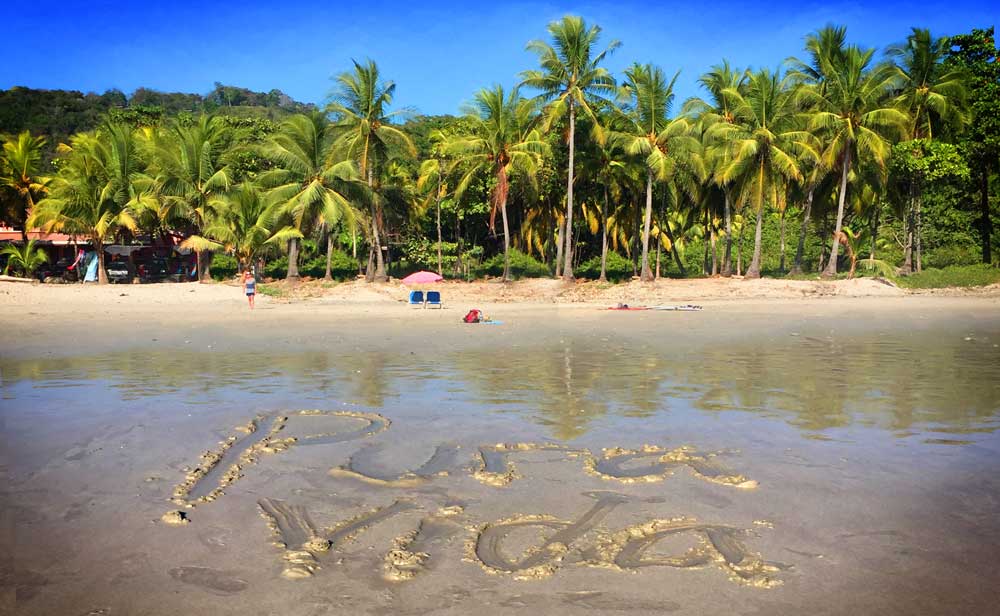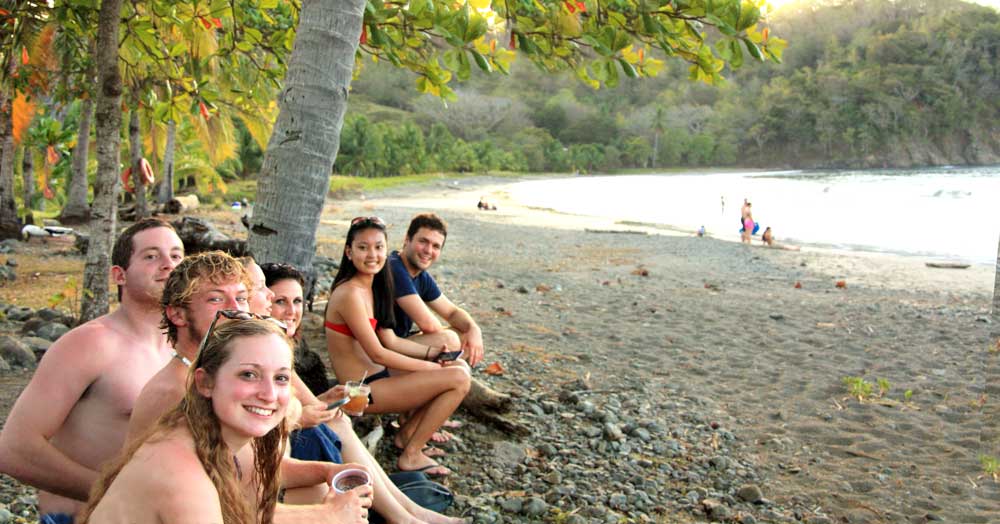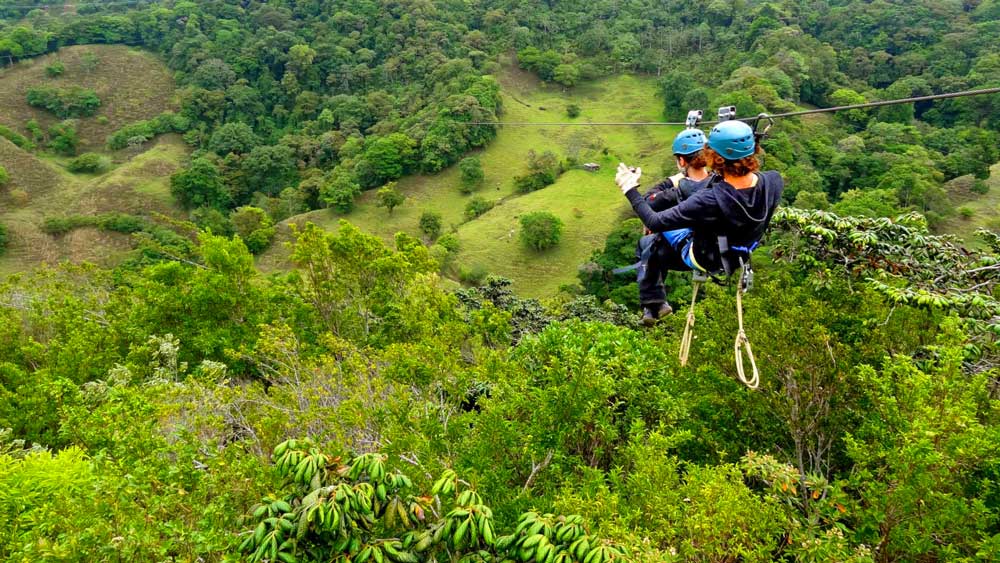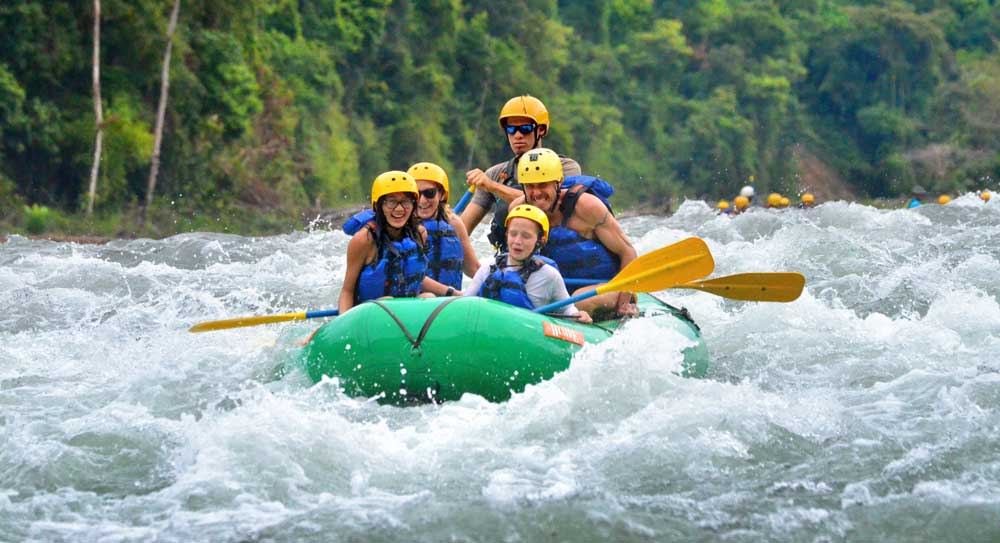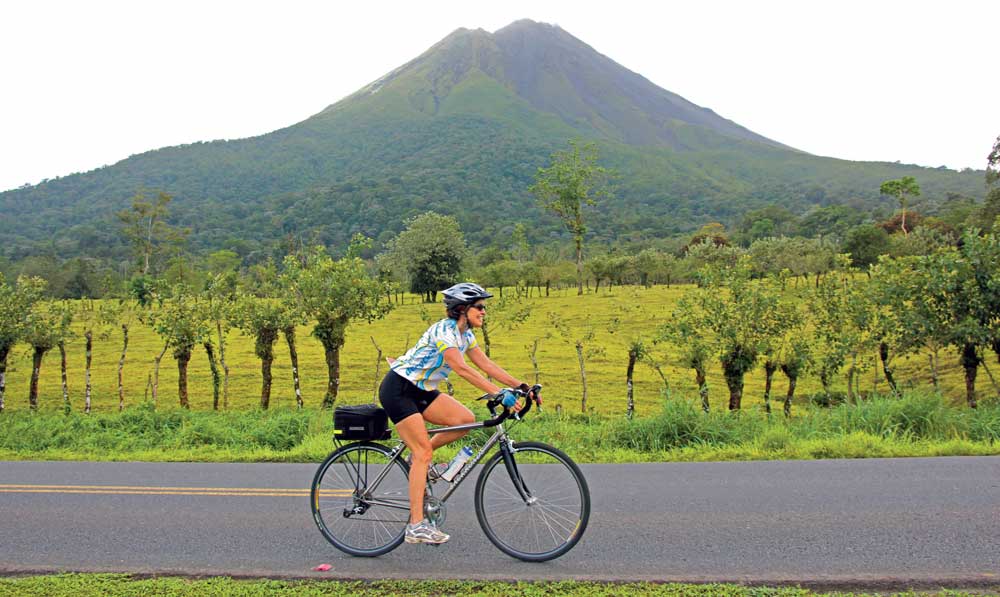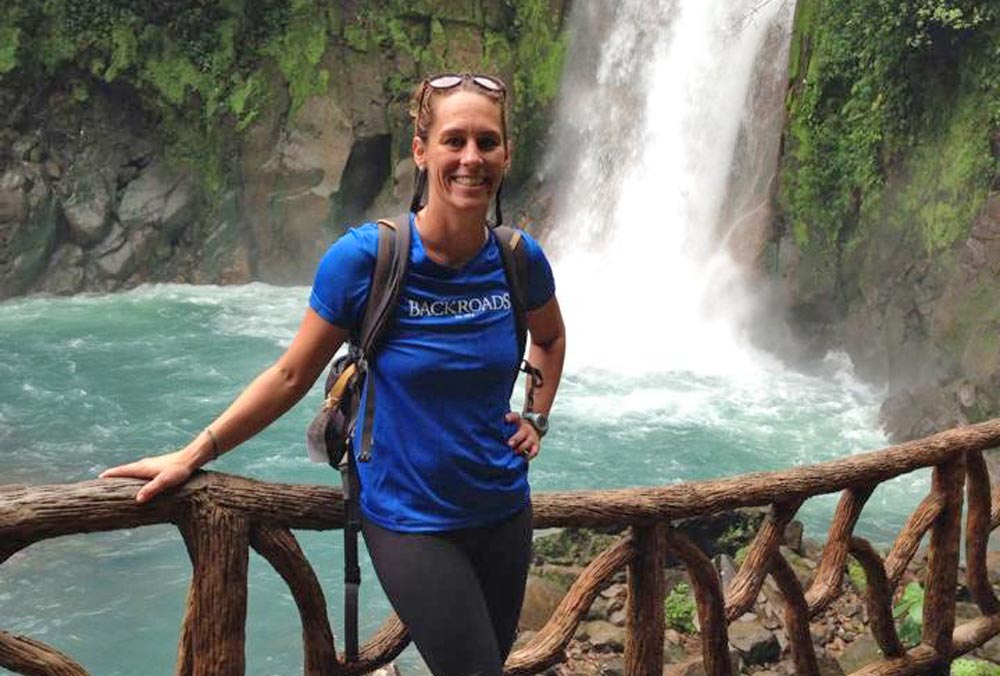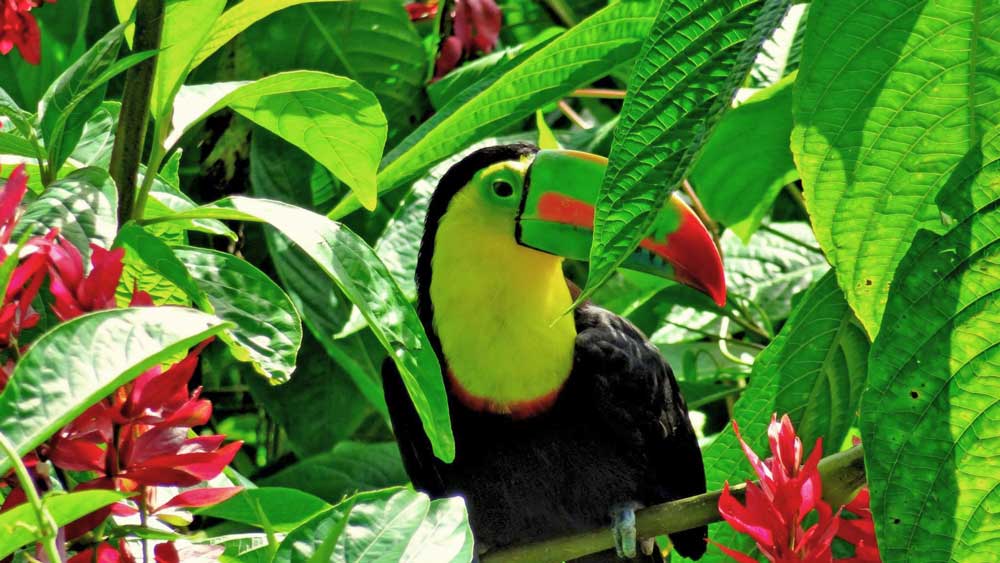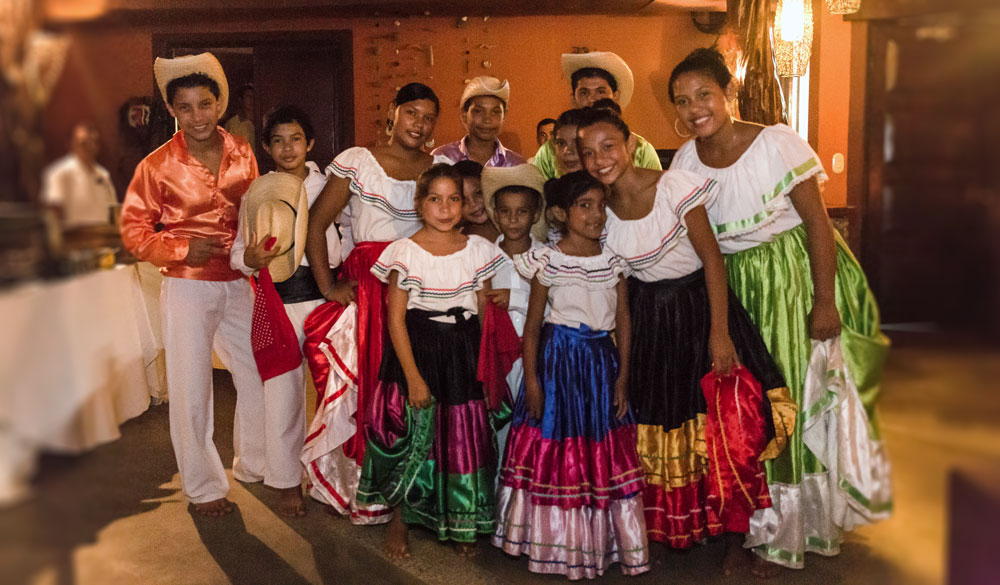It seems word has officially gotten out about Costa Rica. It's an adventurer's playground, and globe-trotters from near and far are experiencing first hand why it's such a unique and sought after tropical destination. From hiking and biking through incredible landscapes to sipping a cup of locally grown coffee, it's easy to see why Costa Rica is one of the most popular holiday destinations Backroads offers.
Reason 1: Convenient Location
Given everyone's busy schedule and hectic family life, it helps that Costa Rica is a convenient destination from the United States. Costa Rica proves there's no need to travel halfway around the world to find white-sand beaches and stunning wildlife. With direct flights from most major US airports, you'll arrive ready to hit the trail or beach. No fighting jet lag or battling against dramatic time changes. This is a great perk for anyone with limited time but a desire for a proper vacation.
Reason 2: Diverse Activities
Costa Rica allows travelers to relax, recharge and rediscover life's inspirations. Here, you can have the best of both worlds. For example, start your day with a delicious cup of locally grown coffee, and then relax by the pool or ocean with a good book. By the afternoon, move into more adventurous activities as you zip-line and hike through the lush jungle. This balance between relaxation and true adventure is what makes Costa Rica so unique. If you can only take so much downtime, don't worry. There are many different excursions to try—from surfing and kayaking to white-water rafting, mountain biking and deep-sea fishing.
Reason 3: Beautiful, Varied Landscapes
Hiking in Costa Rica is absolutely one of the nation's highlights. Traversing through the varied landscapes, you'll feel intimately connected to the magic of nature. For all photographers and animal lovers out there, Costa Rica is sure to exceed all expectations. No matter the region, you'll find unparalleled and dramatic views. Across the nation, you'll be exposed to lush tropical rain forests, volcanoes, Caribbean and Pacific Ocean beaches, tropical dry forests, mangrove forests and the mystical cloud forest. Although Costa Rica is a small country—about the size of West Virginia—it's one of the top 20 nations in the world for biodiversity.
Reason 4: Stunning, Abundant Wildlife
Costa Rica is home to more than 500,000 species. This represents nearly 4 percent of the world's estimated total species! Hiking through protected areas, such as Manuel Antonio National Park and Corcovado National Park, is any naturalist's dream. When you go with Backroads, you'll hike on dirt roads and trails, and a knowledgeable local guide will always accompany you. Millie, for example, is a Costa Rican naturalist who has been pointing out even the most camouflaged species to our guests for over a decade. She spots things the untrained eye would most certainly miss, and she's just one example of how Backroads can help enrich your Costa Rican experience to the fullest.
Reason 5: The People
Arguably the best part of Costa Rica is the people you'll encounter while you're here. Pura vida, which translates to "pure life," is more than a motto for locals; it's a way of life. Costa Rican communities are filled with extremely welcoming people who embrace the uniqueness of where they live and enthusiastically want to share it with visitors. They value the importance of slowing down, appreciating an epic sunset at the day's end and connecting with family and friends. There are so many beautiful places to explore in the world, but the best destinations are the ones shared with beautiful people, and nowhere is that more evident than in Costa Rica.
So many adventurers have anxiously awaited their chance to visit Costa Rica, and once they came, most couldn't wait to return. Once you experience this magical place, you're certain to feel the same way! Watch our Backroads Costa Rica Family Multi-Adventure Tour video.





